Climate finance entrepreneur and Ekos Executive Director Sean Weaver unveils his recent work for Hawke’s Bay Regional Council, to provide a framework for the climate change element of their next Long-Term Plan. Sean says Councillors invited him to not hold back, be ambitious, and strategic. They also asked for an investment plan on how to finance it.
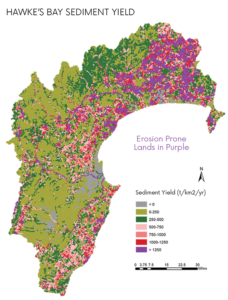 The result is a landmark report on climate change resilience that employs a social enterprise approach to the climate change challenge, in a region still recovering from the impacts of Cyclone Bola that struck 30 years ago.
The result is a landmark report on climate change resilience that employs a social enterprise approach to the climate change challenge, in a region still recovering from the impacts of Cyclone Bola that struck 30 years ago.
On the front line are Hawke’s Bay farmers, who stand to suffer greater exposure to drought risk, and whose wellbeing and livelihoods are threatened by a warmer, dryer, and stormier future climate. Coastal communities also stand to suffer from rising sea levels, storm surges and infrastructure limitations. The task is to reduce exposure to climate-related risk by bringing the region together under a common purpose: climate resilience.
The report applies an “ecological infrastructure” lens to the climate change challenge, with an emphasis on a community-wide response to a collective threat, and with solutions that make economic sense.
The engine room of the report is the chapter on climate financing. “If your dream cannot be financed, it remains a dream”. Big dreams need big finance, and big finance at the scale needed to address Hawke’s Bay’s climate resilience challenges necessitates a partnership between local and central government, the private sector, and community organisations.
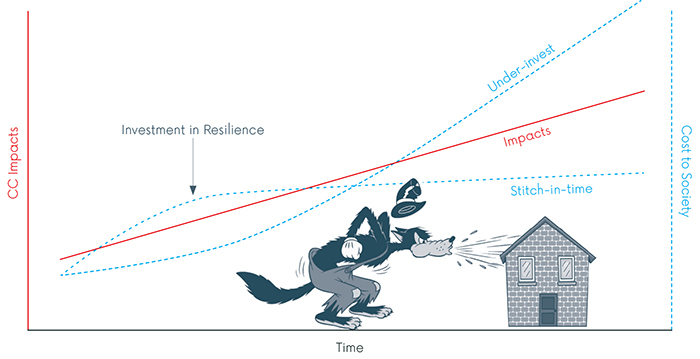 To this end, the report proposes a ‘Climate Resilience Mechanism’ (CRM) – an integrated financing package, modelled on international best practice. This includes a spread of grant funding, market-linked and market-based mechanisms underpinned by the need to deliver ambitious goals at least cost to the ratepayer.
To this end, the report proposes a ‘Climate Resilience Mechanism’ (CRM) – an integrated financing package, modelled on international best practice. This includes a spread of grant funding, market-linked and market-based mechanisms underpinned by the need to deliver ambitious goals at least cost to the ratepayer.
One prominent example is the ‘Indigenous Forest Carbon Programme’ (IFCP) – a carbon farming programme designed to reforest 200,000 ha of erosion-prone marginal farmland in Hawke’s Bay, and provide a regional example of how to produce domestic carbon credits at a scale sufficient to have a meaningful impact on New Zealand’s obligations under the Paris Agreement. The benefits of the IFCP also include significant improvements in water quality, biodiversity benefits, and rural employment.
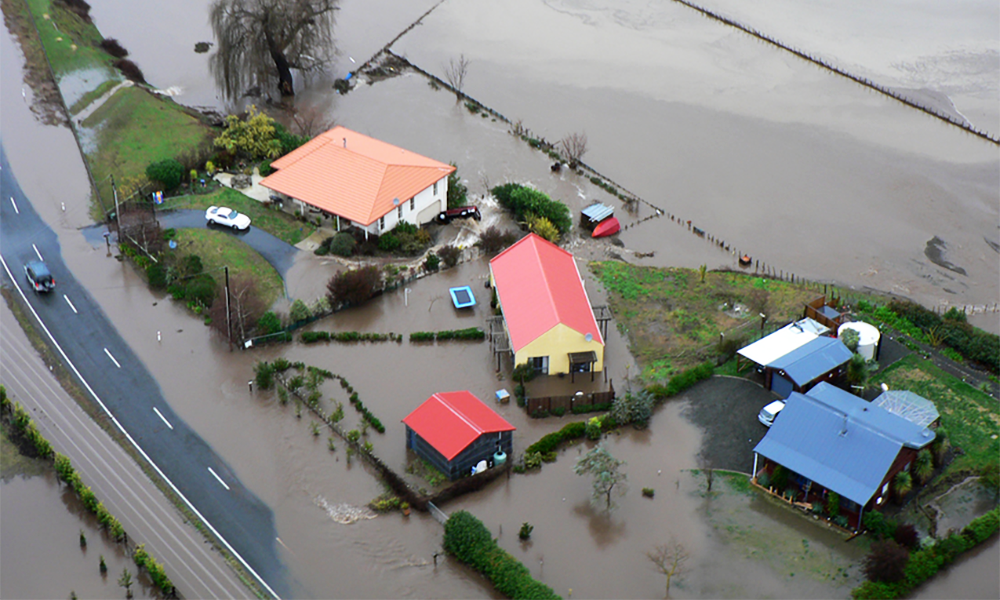
The social enterprise IFCP investment model would require a $400m net investment spread over 12 years, deliver 200,000 ha of permanent indigenous reforestation by 2030, generate a 13.9% internal rate of return, pay for itself by 2034, yield a net present value of $135m, and provide funds for farmers and conservation management.
Because the economics work, the investment model could attract public and private capital. Because it pays for itself, the ratepayer and taxpayer contributions get paid back rather than simply draining funds from the public purse. This model provides wins in many directions, and proves that ambitious climate change programmes are not only affordable, they can be profitable, with profits recycled to amplify beneficial social and environmental impacts.
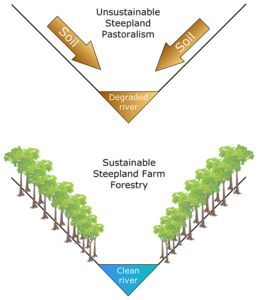
Other features of the proposed Climate Resilience Mechanism include a climate enterprise start-up fund, climate enterprise loans, climate enterprise investment readiness support, climate impact investment matchmaking, a bottom-up carbon neutrality programme for Hawke’s Bay, a voluntary surcharge scheme for retailers to raise funds for climate resilience projects, and a Climate Resilience Exchange (CRX). The CRX is modelled on recent work produced for the African Development Bank co-designing the Adaptation Benefit Mechanism for the UNFCCC earlier this year. It provides a framework for performance-based funding of climate resilience outcomes purchased by either public or private buyers.
This is not about putting a price on nature. It simply puts a price on the human labour and technology cost of looking after the place.
In all, this piece of regional climate policy work provides an injection of creative energy to stimulate the national climate resilience conversation. It subverts the old divides of left and right politics, public and private roles, and invites a ‘whole-of-community’ response to the climate change challenge – because we are all in it together.

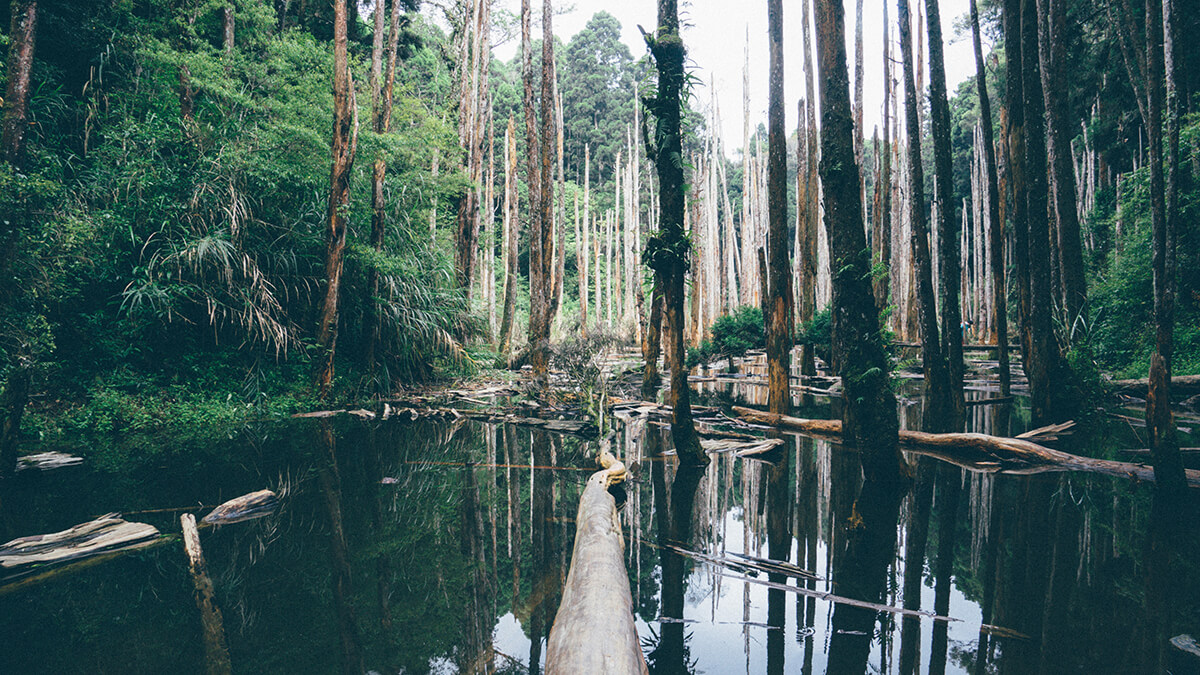


Leave a comment